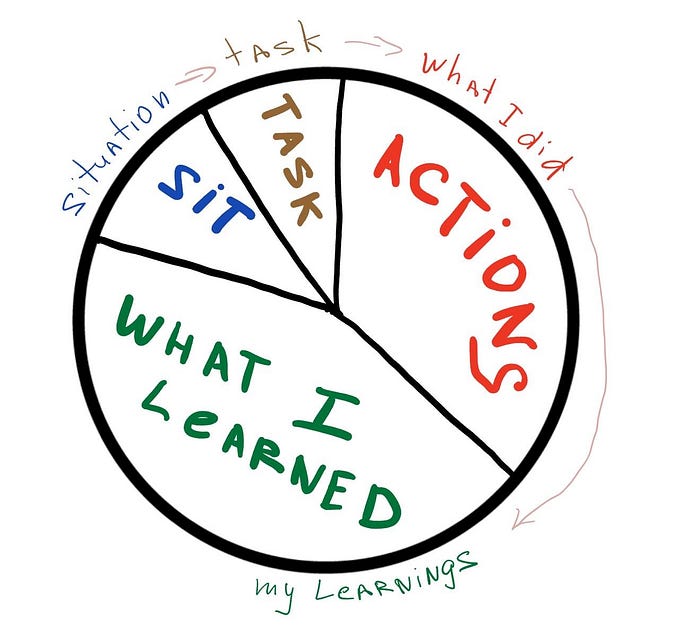Two Very Useful Hats
Expanding perception using two of Edward de Bono’ s Six Thinking Hats


Edward de Bono’s Six Thinking Hats are a thinking tool which has been around for over three decades now. It has been used to improve the thinking and performance of thousands of people all over the world from school children to CEOs.
Like all of de Bono’s tools, the Six Thinking Hats can seem deceptively simple and therefore can be perceived to have little value. However, don’t be fooled by the simplicity, since it is the result of refinement and clarity rather than lack of profundity. The underlying concepts which these tools tap into are in fact extremely powerful. For this article I want to focus on just two of the Six Hats.
The Red Hat
The Red Hat signifies feelings, hunches and intuition. When using this hat you can express emotions and feelings, and share fears, likes, dislikes, loves, and hates.
It seems fair to say that in our culture, emotional awareness is not emphasized, included as a fundamental part of our education systems, or included by default in our decision making processes. It is not at all uncommon for the idea of “stiff upper lip,” or the notion that “boys don’t cry” to dictate our response to strong emotions. This is unfortunate, since emotional wellness if a fundamental part of our ability to enjoy life and operate in a sane and balanced manner within our social roles.
When using the Six Hats, the Red Hat gives explicit permission to explore the emotional aspects of a situation completely free from the considerations represented by the other hats. Thus there is no need to justify one’s feelings, or to be artificially optimistic, or even to worry about the facts. Because of the way things are set up, we know that all these other issues will be addressed, and for now we can simply explore and express how we feel. This can be very informative and prevents all sorts of problems. For example, a proposal which seems wonderful on all other levels may nonetheless trigger such emotional dislike that it is seen to not actually be viable.
If managers were to get into the habit of regularly “wearing the Red Hat” in their own decision-making, and creating space for it in group meetings, I believe it would bring more wholeness and wisdom into the organisations they serve.
The Black Hat
The Black Hat is for judgement — playing the the Devil’s advocate or focusing on why something may not work. It is about spotting the difficulties and dangers and predicting where things might go wrong. In some ways this hat may be the most powerful and useful of the Hats, but it can be a problematic if overused.
The Black Hat has a bad reputation, and yet is in many ways the most important of the six. It’s the “there’s an iceberg ahead!” hat. Sometimes, it is the most ambitious and creative leaders and pioneers who need this hat the most. This is because these people are often extremely good at having brilliant ideas and believing in themselves and their vision. These qualities are usually seen to be mutually exclusive to the kind of “intentional pessimism” associated with the black hat. Very often the question “what’s the worst that can happen?” is used rhetorically by these leaders as as if to say “don’t give me bad news, I only want to hear what’s good.”
In psychological terms, it’s sometimes referred to as “embracing the shadow.” However brightly we shine, there will always be aspects which we prefer not to look at and which if left unexamined can eventually cause us big problems.
The Black Hat gives us permission to focus on the potential “downsides” of a proposal without running the risk of being seen to be “negative” or as some kind of “malcontent.” Once the need for the black had is recognised, then we can actually highly value the contributions made in this area, knowing that they only one part of the picture, albeit a very important one.
The true power of de Bono’s tools is often not recognised. Put simply, the use of the Six Thinking Hats brings balance and wholeness to our perception and decision making, as well as creating harmony between points of view and idea streams which traditionally would be in conflict. This constitutes a huge increase in wisdom and effectiveness.








